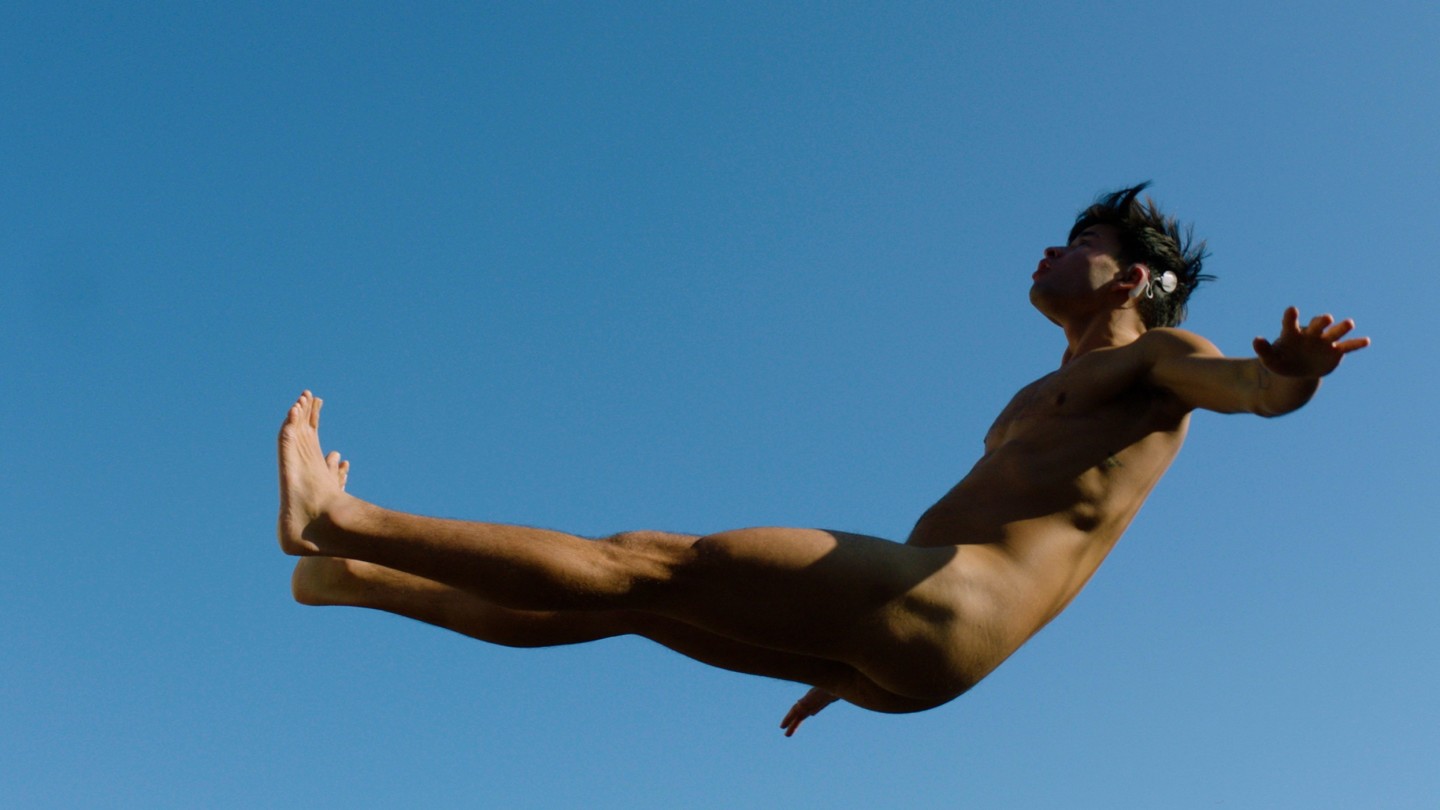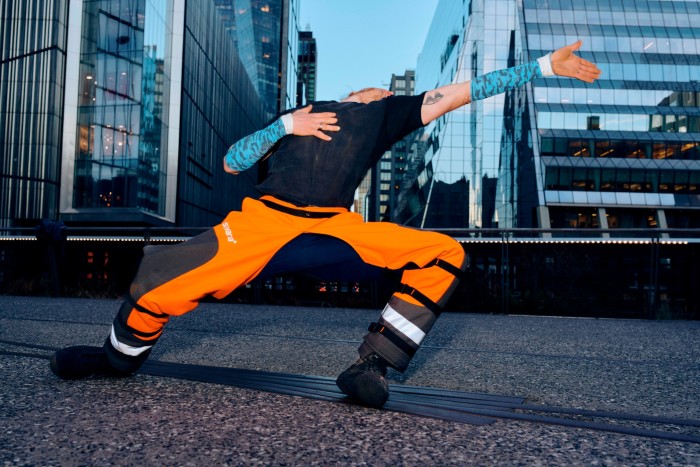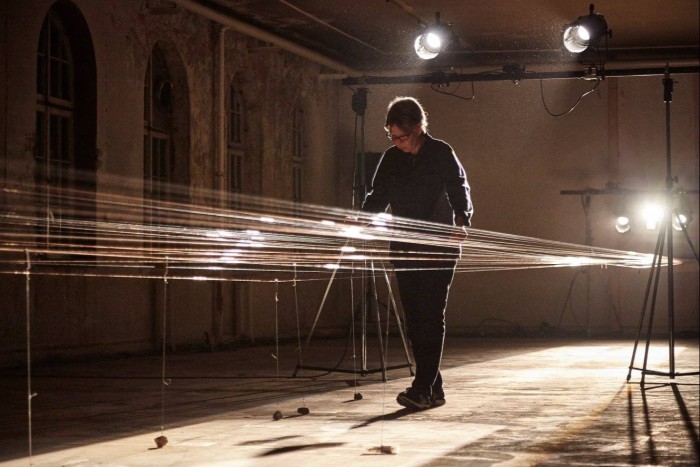Performance artists defy the market

Roula Khalaf, Editor of the FT, selects her favourite stories in this weekly newsletter.
One evening in July 2023, sirens blared from the grounds of the Watermill Center on Long Island as its summer gala began, emanating from a police car being dismantled by mechanics during a live performance by Guatemalan artist Regina José Galindo, who was sitting inside the car. The work offered a poignant commentary on violence and human rights, messages echoed in the photographs and videos of previous performances included in the exhibition. This work, “SIREN”, was loud, disruptive, impossible to ignore no matter how hard partygoers tried — it showed the power of experiencing time-based art.
For its 12th edition, Frieze New York is doing its part to showcase the discipline with a wide range of performance-based programming. In the context of an art fair, this can offer insight into the nebulous market for time-based art and how — indeed, if — it can be collected.
Frieze itself is not prioritising a market interest. “There are elements of the art industry that are not just focused on the market,” says Christine Messineo, Frieze’s director of Americas. “We have a responsibility to showcase and illuminate what’s happening in the art world, and this includes performance.” Frieze’s programming encompasses a performance by composer Ellen Fullman at Artists Space and a film and performance by Chella Man in partnership with Performance Space New York.
Some of the programming will bring performance into the daily lives of New Yorkers. Artist Matty Davis will stage “Die No Die (The High Line)” across three evenings in collaboration with High Line Art, traversing roughly one mile of the High Line, an elevated public park on a former railway, with five collaborators, each undertaking a four-part choreography in succession.

At Rockefeller Center, Sharif Farrag will perform “Gotham Grinders: Hamster Wheel”, an interactive piece in partnership with Art Production Fund that reimagines Farrag’s popular “Rat Race”. Debuted at Frieze in Los Angeles earlier this year and marking the artist’s first foray into performance, the project revolves around competitions in which visitors race ceramic rat sculptures attached to remote-controlled toy cars, a metaphor for the art fair itself. For the New York iteration, hamsters replace rats and the context of Rockefeller Center comments on Midtown Manhattan as a nexus of capitalism.
Though participants who emerge victorious in Farrag’s race receive a ceramic trophy, the work itself is not for sale — but not for lack of interest. During the Los Angeles performance, visitors wanted to purchase the rats, but Farrag decided against it. “With art that is not clearly commercial, it’s important to see what happens with the project before considering sales,” he says. “For now, that means keeping it together.”
So how exactly is performance art collected? “It’s an ongoing conversation,” says Pati Hertling, director of Performance Space. “Performance has its own place within the commercial art market that is difficult to define.”

There are signs that institutions as well as the market are increasingly supporting performance artists, suggesting a growing understanding of the role it plays in the cultural ecosystem. MoMA, for example, acquired the rights to perform Simone Forti’s “Dance Constructions” (1960-61) in 2015, as well as detailed instructions and video, written and photographic documentation of past performances. David Zwirner added choreographer, dancer and artist Sarah Michelson to its roster in July 2023. Also last year, the Baltimore Museum of Art collected its first performance piece, Jefferson Pinder’s “Ben-Hur” (2012), acquiring video documentation of a past performance and instructions on how to restage the work.
There are challenges in collecting time-based art. “There are significant, hard costs associated with the production side of performance art, and the temporality of the work can make it difficult to stage,” says Messineo. Some pieces can be commissioned or purchased outright, often with detailed instructions outlined, but those that are ephemeral or site-specific cannot be recreated. Moreover, collectors accustomed to exhibiting a material object might grapple with how to display their purchase.
Some artists seek to solve this by selling trace evidence such as photographs, props, ephemera or videos of live performances but, Hertling says, “This is not the same as collecting a performance.” Others, like Davis, create works which complement the performances but do not document them. Davis sells photographs of the research involved with creating “Die No Die” and produces a publication featuring photographs and essays responding to each site. (While these are usually for sale, the publication with the High Line is free.) “Die No Die” itself can also be purchased or commissioned and restaged with instructions outlined in a contract. The High Line performance is its third iteration.

However, a commission is not an outright purchase. “It’s not the standard that performance art is collectible and many artists who call themselves performance artists do not rely on income from purchases of their work,” Hertling says. Instead, they are sustained through grants, as well as production support and artist fees. Many performance artists also have visual art practices that are more commercial.
Trends with younger collectors, it seems, might indicate shifts that support time-based artworks. “Younger generations are not interested in owning material things,” Hertling says. “NFTs have become successful for artists whose work is valued in the intangible realm. It’s possible this can be applied to performance, if not with tokens, then with patronage — supporting artists by helping to fund the creation and production of performances. Instead of owning something, collectors become part of the work’s history.”
May 1-5, frieze.com

Comments